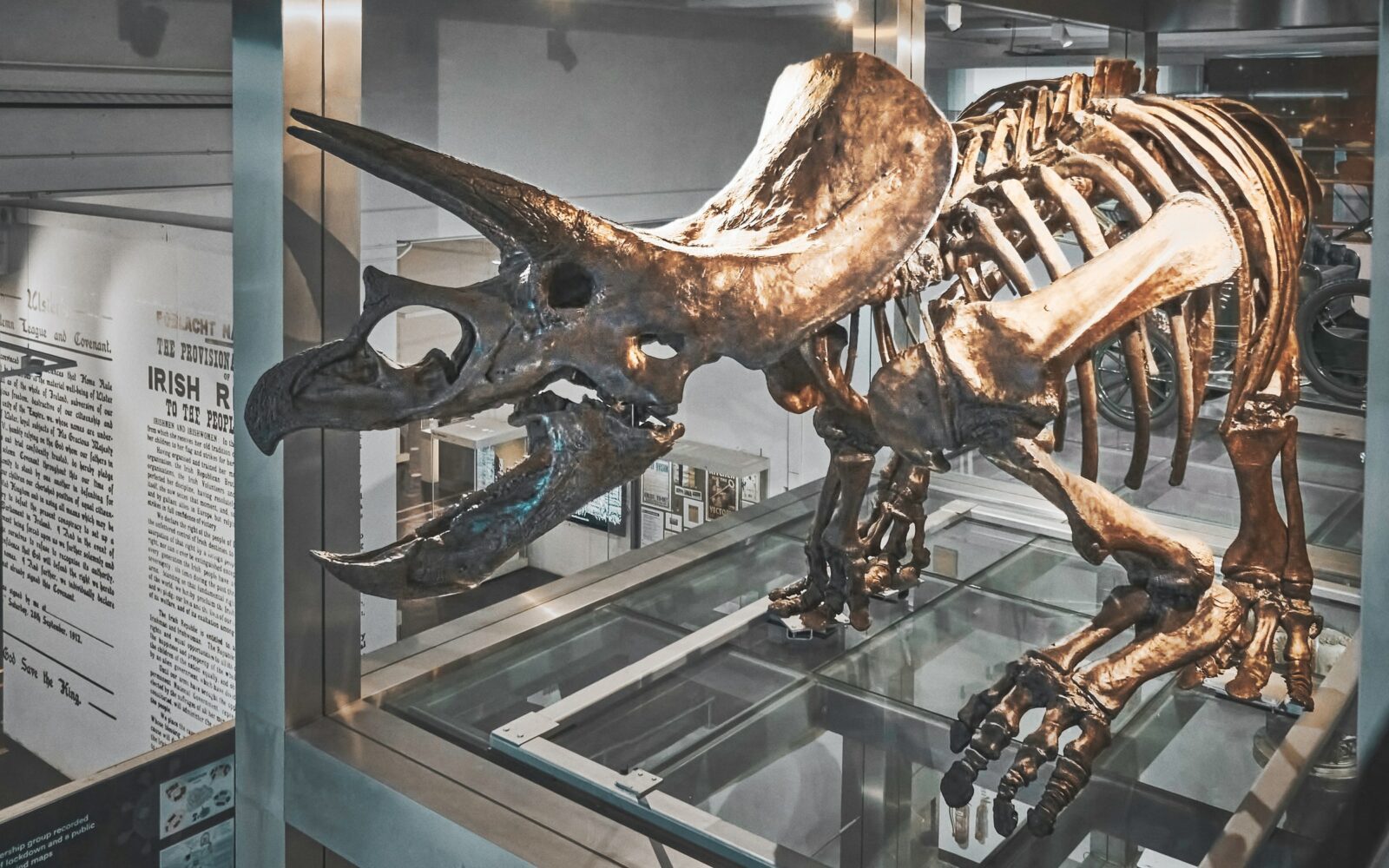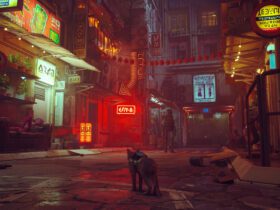While walking through private property, paleontologist Craig Pfister said he came upon fragments of a pelvis and femur bones that were glinting in the sunlight in a sinkhole. The fact that Pfister had come upon one of the most intact skeletons of the big Triceratops was a great surprise to him.
Horridus
Horridus is the name given to the creature by its new custodian, Museums Victoria, which is Australia’s biggest public museum organization and the country’s largest public museum institution. The term Triceratops horridus is taken from the dinosaur’s entire scientific name, and it roamed 67 million years ago. A customized box was used to transport the skeleton from North America to its new residence at the Melbourne Museum, where it will remain for the foreseeable future. Those who cannot visit Horridus still have a chance to see him, as a 3D model of its bones is available.
Museums Victoria’s senior curator Erich Fitzgerald claims that these bones represent the most intact dinosaur remains ever found in an Australian museum. Horridus is nearly 85 percent complete, approximately 2.5 meters tall, 7 meters long, and it weighs 1,000 kilograms, according to the curator. The Triceratops’ skull is 98 percent complete, and it has three horns as well as a beautiful frill, which is a flat bone plate that protrudes from the front of the Triceratops’ head and looks like a crown. A dinosaur’s horns may have been employed to defend itself from enemies or to attract prospective mating candidates, according to Fitzgerald.
Although nothing is established about how the dinosaur was able to remain in such immaculate condition, Fitzgerald believes that the creature was buried as soon as possible after it died. Paleontologists are seldom successful in determining the gender of a dinosaur fossil, therefore it is unclear if the dinosaur was a female or a male. Without the development of time travel, it seems improbable that humanity will be able to provide a solution to that issue within the next century.












Leave a Reply